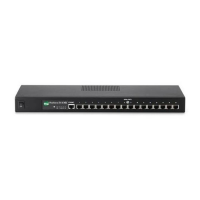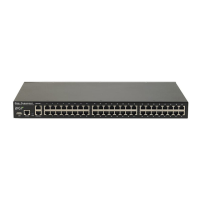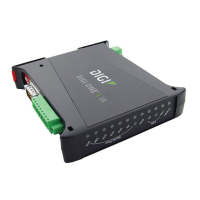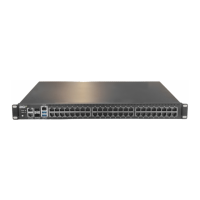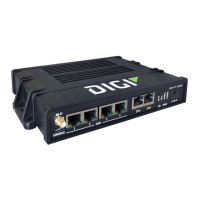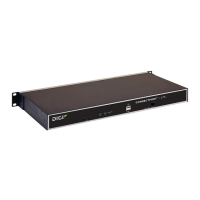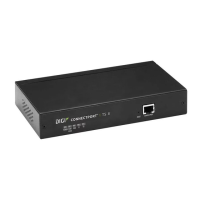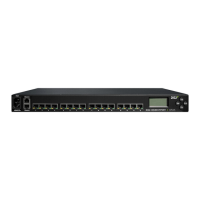90030500B Basic Configuration Page 65
#sample ethers file
#
8:0:20:0:fc:6f dgii
4. Remove the comments (
#
symbols) from the following lines in the
/etc/rc2.d/S85tcp
file, to ensure the RARP daemon runs each time the server is
brought up in multi-user state:
SCO Unix Version 4.2 and below:
# if [ -x/etc/rarpd -a -f /etc/ethers ]; then
# /etc/rarpd -a ; echo “rarpd\c”
# fi
SCO Unix Version 5:
# if [ -x/etc/rarpd -a -f /etc/ethers ]; then
# /etc/rarpd -a &
# echo “rarpd\c”
# fi
Note:
If you need to uncomment these lines in either of the examples above, you
must start RARPD manually or reboot your server.
5. Reboot PortServer II, and check that you can telnet or rlogin to PortServer II.
Testing the network connection
You should now check that you have configured PortServer II correctly by establish-
ing communications with another network machine.
Enter the
ping
command to test the connection. For example, to test the connection
by pinging the machine with IP address 192.83.159.227, enter:
#>ping 192.83.159.227
Check that you see a response similar to:
192.83.159.227 is alive
#>
If you do not see this message, check that you have set the IP address for PortServer II
correctly, and have entered the address of the target machine correctly. Check also
that you have connected the network cable to PortServer II correctly. You can also use
PortServer II’s front panel to monitor Ethernet activity – see
Chapter 2, Operation
. If
you are unable to resolve the problem, refer to
Chapter 17, Troubleshooting
.
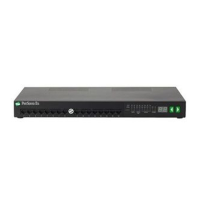
